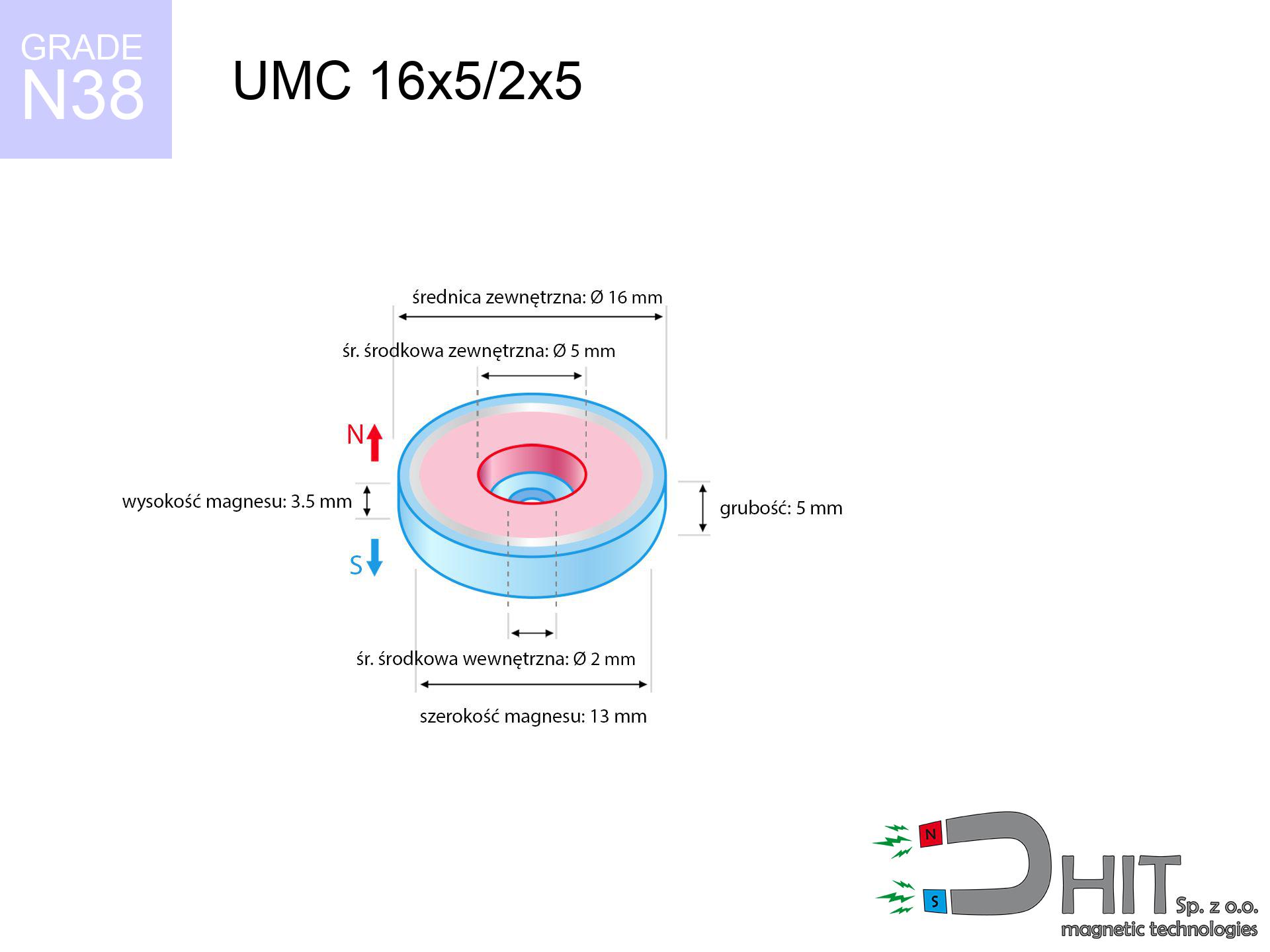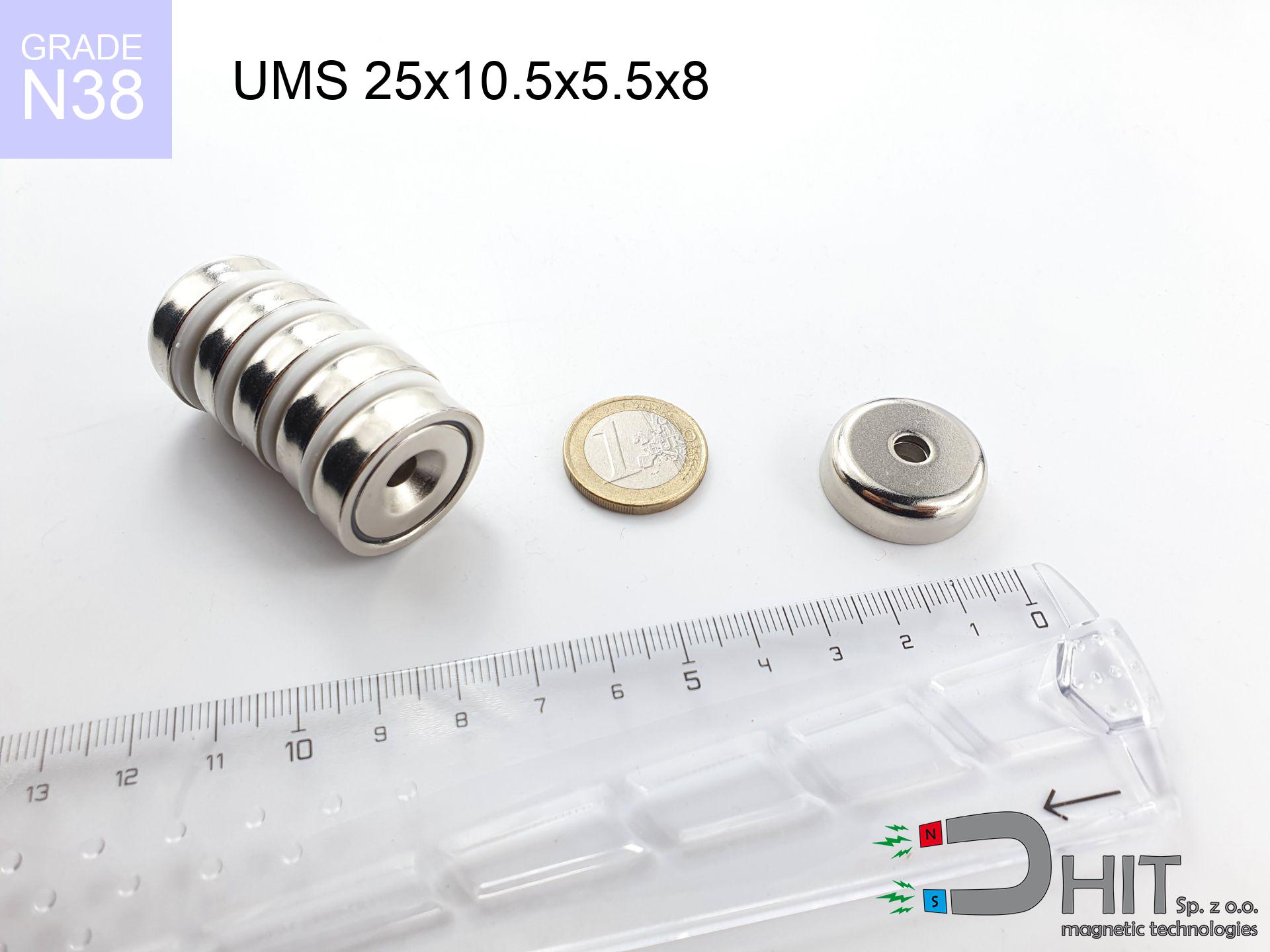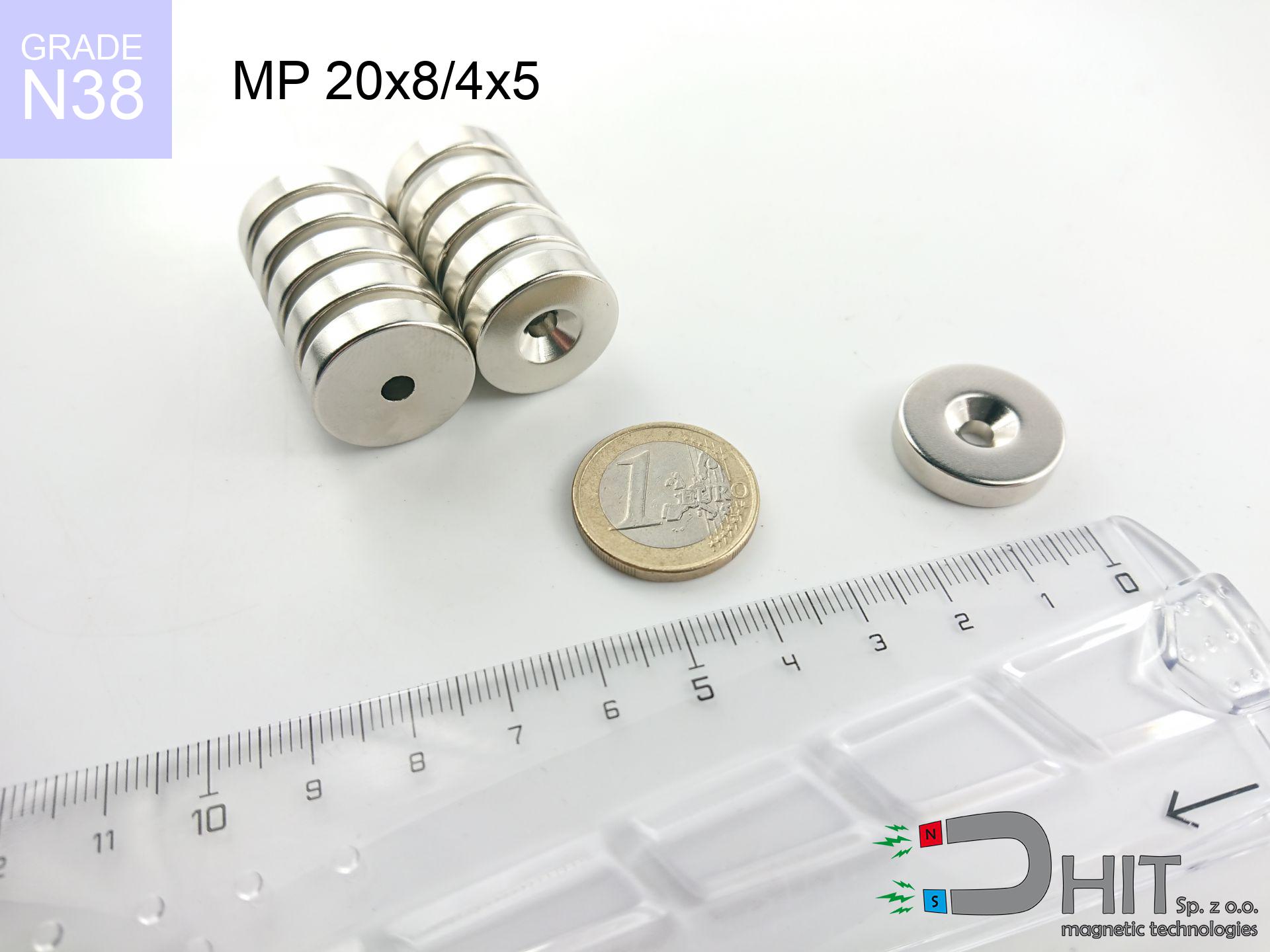SM 19x225 [2xM6] / N50 - magnetic roller
magnetic separator
catalog number 130241
GTIN: 5906301812708
diameter Ø
19
mm [±0,1 mm]
height
225
mm [±0,1 mm]
max. temperature
≤ 80
°C
catalog number 130241
GTIN: 5906301812708
diameter Ø
19 mm [±0,1 mm]
height
225 mm [±0,1 mm]
max. temperature
≤ 80 °C
492.00 ZŁ gross price (including VAT) / pcs +
400.00 ZŁ net price + 23% VAT / pcs
bulk discounts:
need more quantity?Do you have doubts?
Give us a call tel: +48 22 499 98 98 or contact us through contact form on the contact page. You can check the mass and the appearance of magnet in our force calculator power calculator
Orders placed by 2:00 PM will be shipped on the same business day.
Specification: magnetic separator 19x225 [2xM6] / N50
Magnetic properties of the material N50
Physical properties of sintered neodymium magnets Nd2Fe14B
Recommended articles for purchase
Advantages as well as disadvantages of neodymium magnets NdFeB.
Apart from immense strength, neodymium magnets have the following advantages:
- They do not lose their power (of the magnet). After about 10 years, their strength decreases by only ~1% (theoretically),
- They are exceptionally resistant to demagnetization caused by an external magnetic field,
- In other words, thanks to the shiny nickel, gold, or silver finish, the element gains an visually attractive appearance,
- They possess very high magnetic induction on the surface of the magnet,
- Magnetic neodymium magnets are characterized by hugely high magnetic induction on the surface of the magnet and can operate (depending on the shape) even at temperatures of 230°C or higher...
- Due to the option of accurate forming or adaptation to individual needs – neodymium magnets can be produced in various forms and dimensions, which expands the range of their possible uses.
- Significant importance in advanced technologically fields – are used in HDD drives, electric motors, medical equipment and various technologically advanced devices.
Disadvantages of neodymium magnets:
- They can break as they are extremely fragile when subjected to a strong impact. If the magnets are exposed to impacts, it is suggested using magnets in a steel housing. The steel housing in the form of a holder protects the magnet from impacts and simultaneously increases its overall strength,
- High temperatures can reduce the strength of neodymium magnets. Typically, after heating above 80°C, most of them experience a permanent reduction in strength (although it is dependent on the form and size). To prevent this, we offer special magnets marked with the symbol [AH], which are highly resistant to high temperatures. They can operate even at temperatures up to 230°C, making them an ideal solution for applications requiring high-temperature operation,
- They rust in a humid environment - during outdoor use, we recommend using waterproof magnets, such as those made of rubber or plastic,
- Limited ability to create threads or complex shapes in the magnet - the use of a housing is recommended - magnetic holder
- Potential hazard arising from small pieces of magnets can be dangerous, if swallowed, which is particularly important in the aspect of protecting young children. Furthermore, miniscule components of these magnets can hinder the diagnostic process when they are in the body.
Handle with Care: Neodymium Magnets
Neodymium magnets are not recommended for people with pacemakers.
Neodymium magnets produce strong magnetic fields that can interfere with the operation of a heart pacemaker. Even if the magnetic field does not affect the device, it can damage its components or deactivate the entire device.
Neodymium magnets can become demagnetized at high temperatures.
Despite the general resilience of magnets, their ability to maintain their magnetic potency can be influenced by factors like the type of material used, the magnet's shape, and the intended purpose for which it is employed.
Magnets will attract to each other, so remember not to allow them to pinch together without control or place your fingers in their path.
Magnets will attract each other within a distance of several to about 10 cm from each other. Don't put your fingers in the path of magnet attraction, as a major injury may occur. Depending on how massive the neodymium magnets are, they can lead to a cut or alternatively a fracture.
Neodymium magnets are the most powerful magnets ever invented. Their strength can shock you.
On our website, you can find information on how to use neodymium magnets. This will help you avoid injuries and prevent damage to the magnets.
Neodymium magnetic are noted for their fragility, which can cause them to become damaged.
Magnets made of neodymium are delicate as well as will crack if allowed to collide with each other, even from a distance of a few centimeters. They are coated with a shiny nickel plating similar to steel, but they are not as hard. In the case of a collision between two magnets, there can be a scattering of small sharp metal fragments in different directions. Protecting your eyes is essential.
The magnet is coated with nickel - be careful if you have an allergy.
Studies clearly indicate a small percentage of people who suffer from metal allergies such as nickel. An allergic reaction often manifests as skin redness and rash. If you have a nickel allergy, you can try wearing gloves or simply avoid direct contact with nickel-plated neodymium magnets.
Dust and powder from neodymium magnets are flammable.
Avoid drilling or mechanical processing of neodymium magnets. If the magnet is crushed into fine powder or dust, it becomes highly flammable.
It is essential to keep neodymium magnets out of reach from children.
Neodymium magnets are not toys. You cannot allow them to become toys for children. In such a situation, surgery is necessary to remove them. In the worst case scenario, it can result in death.
Keep neodymium magnets away from TV, wallet, and computer HDD.
Strong fields generated by neodymium magnets can damage magnetic storage media such as floppy disks, credit cards, magnetic ID cards, cassette tapes, video tapes, or other similar devices. In addition, they can damage televisions, VCRs, computer monitors, and CRT displays. You should especially avoid placing neodymium magnets near electronic devices.
Avoid bringing neodymium magnets close to a phone or GPS.
Intense magnetic fields generated by neodymium magnets interfere with compasses and magnetometers used in navigation, as well as internal compasses of smartphones and GPS devices.
To raise awareness of why neodymium magnets are so dangerous, see the article titled How very dangerous are strong neodymium magnets?.

![SM 19x225 [2xM6] / N50 - magnetic roller SM 19x225 [2xM6] / N50 - magnetic roller](https://cdn3.dhit.pl/graphics/products/sm-19x225-2xm6-jis.jpg)


![magnetic separator 18x125 [2xM5] / N42 magnetic separator 18x125 [2xM5] / N42](https://cdn3.dhit.pl/graphics/products/sm-18x125-2xm5-cij.jpg)


